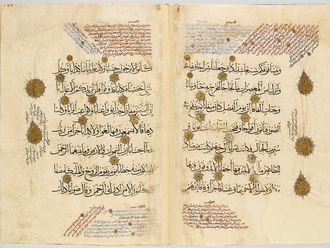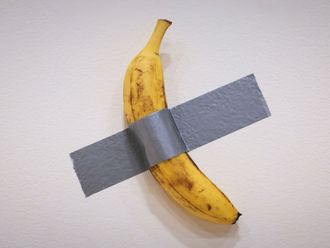
Pearls are referenced in the Quran, the New Testament, and various Hindu scriptures. The uniqueness and almost universal appeal of pearls are best explained by two facts: they are the only gems produced by living organisms, and they need no cutting or polishing. In the Arabian Gulf, pearls are held in particularly high esteem because of their vital role. For many centuries before the discovery of oil, pearl diving was an important occupation and the mainstay of local economies.
The warm waters of the Gulf produced highly prized, colourful pearls with incredible lustre and luminosity, and local merchants traded them with their counterparts from afar, often in barter for other goods like wood. While some accumulated great wealth through the industry, for many others, it was the only means of livelihood. Although there are no records when this valuable resource was first harvested, pearls have been found in local excavations at archaeological sites dating back 7,000 years. For the people of the UAE — and before that, the Trucial States — pearling was a major if seasonal form of employment. Some men engaged in pearling would return home to tend to date gardens in inland oases and herd camels between seasons, but for most it was a full-time occupation.
In the economically depressed emirates of the early 1900s, pearl diving was an important source of revenue. More than 1,200 boats carried over 20,000 men for each annual pearling season. This business collapsed in the 1920s with the invention of cultured pearls, which combined with the global depression of the 1930s to destroy the Gulf’s pearling industry, causing great hardship which was only alleviated with the arrival of the oil companies in the 1950s.












